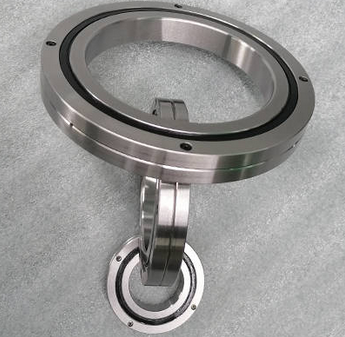Bearing clearance is the clearance (or interference) inside a single bearing or a system composed of several bearings. The clearance can be divided into radial clearance and axial clearance. Generally, the amount of movement of the outer ring when the outer ring moves up and down is called radial clearance in the fixed inner ring, or in different angle directions, it does not bear any external load. The arithmetic mean of the radial distance that the ring moves from one radial eccentric limit position to the opposite limit position relative to another ferrule is the radial clearance; the fixed inner ring refers to the amount of movement when the outer ring moves in the left and right directions as the axial play. Clearance, in other words, when there is no external load, the arithmetic mean value of the axial distance of a ferrule or washer relative to another ferrule or washer from an axial limit position to the opposite limit position is the axial clearance.
The non-adjustable clearance NSK bearing means that the clearance of the bearing is determined after the bearing leaves the factory. The well-known deep groove ball bearings, self-aligning bearings, and cylindrical roller bearings all belong to this category.
The choice of working clearance is determined by the application conditions (load, speed, design parameters) and expected working conditions (long life, good rigidity, low heat generation, ease of maintenance, etc.). However, in most applications, we cannot directly adjust the working clearance, which requires us to calculate the corresponding clearance value after installation based on the analysis and experience of the application.






